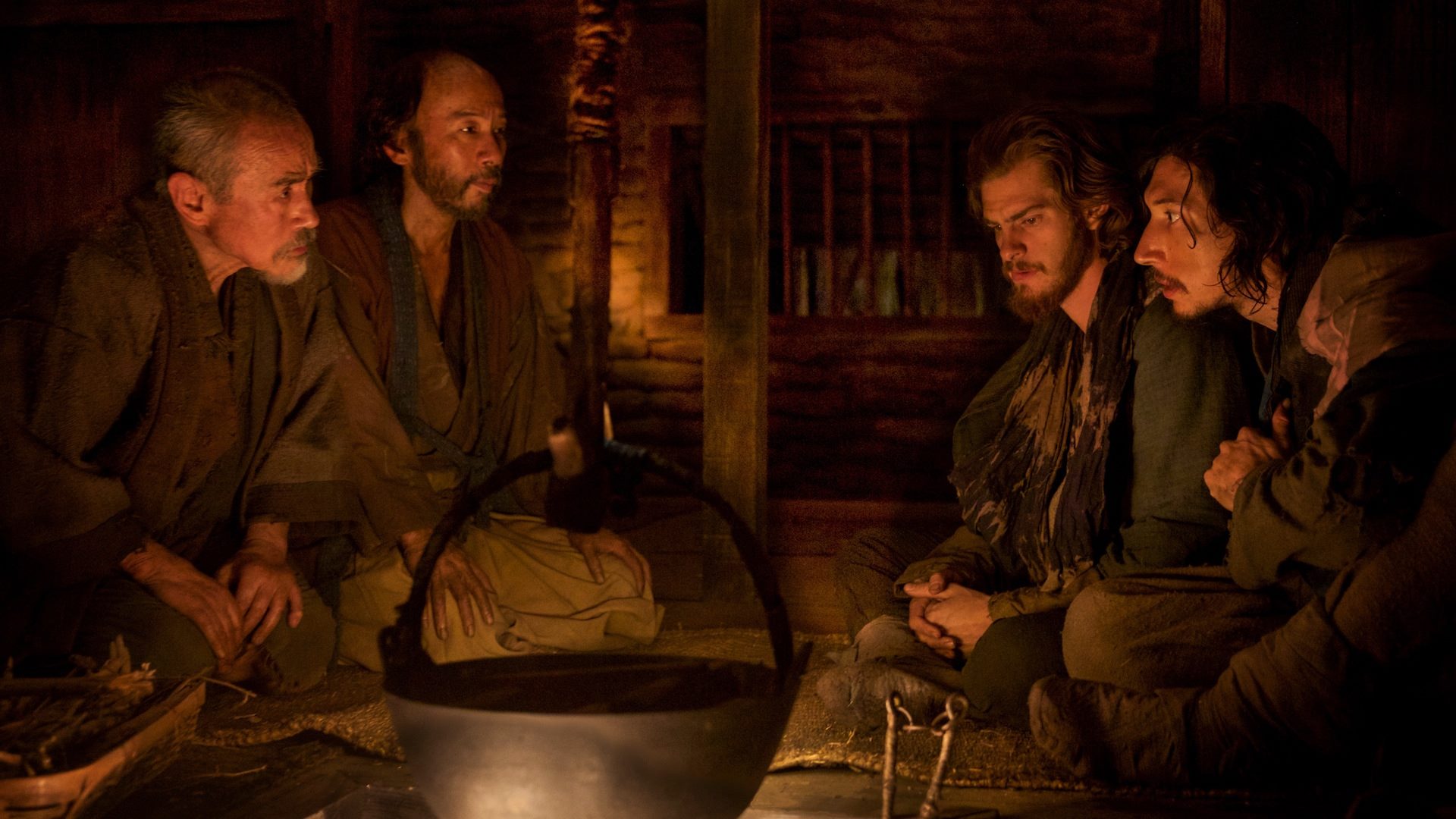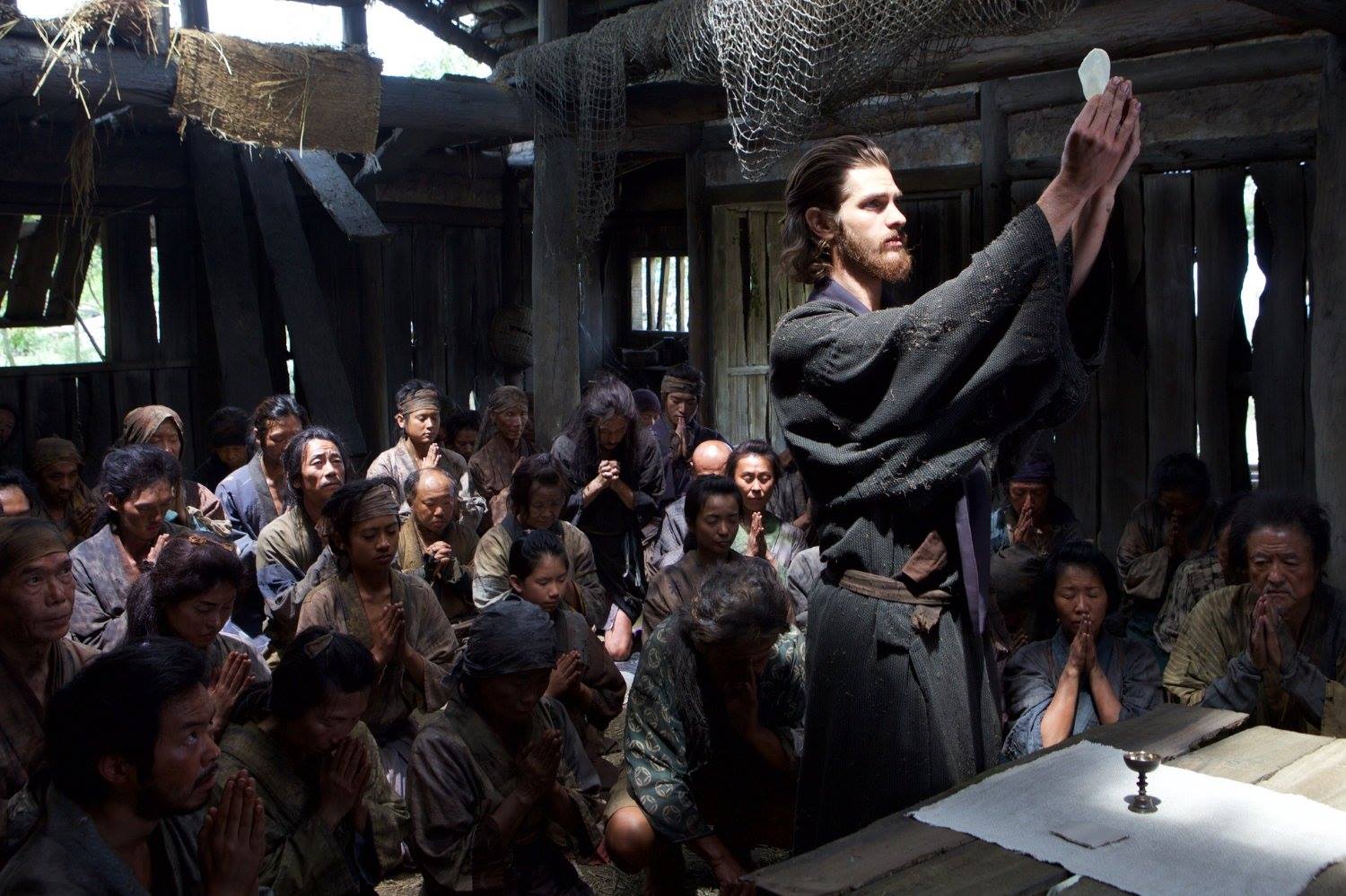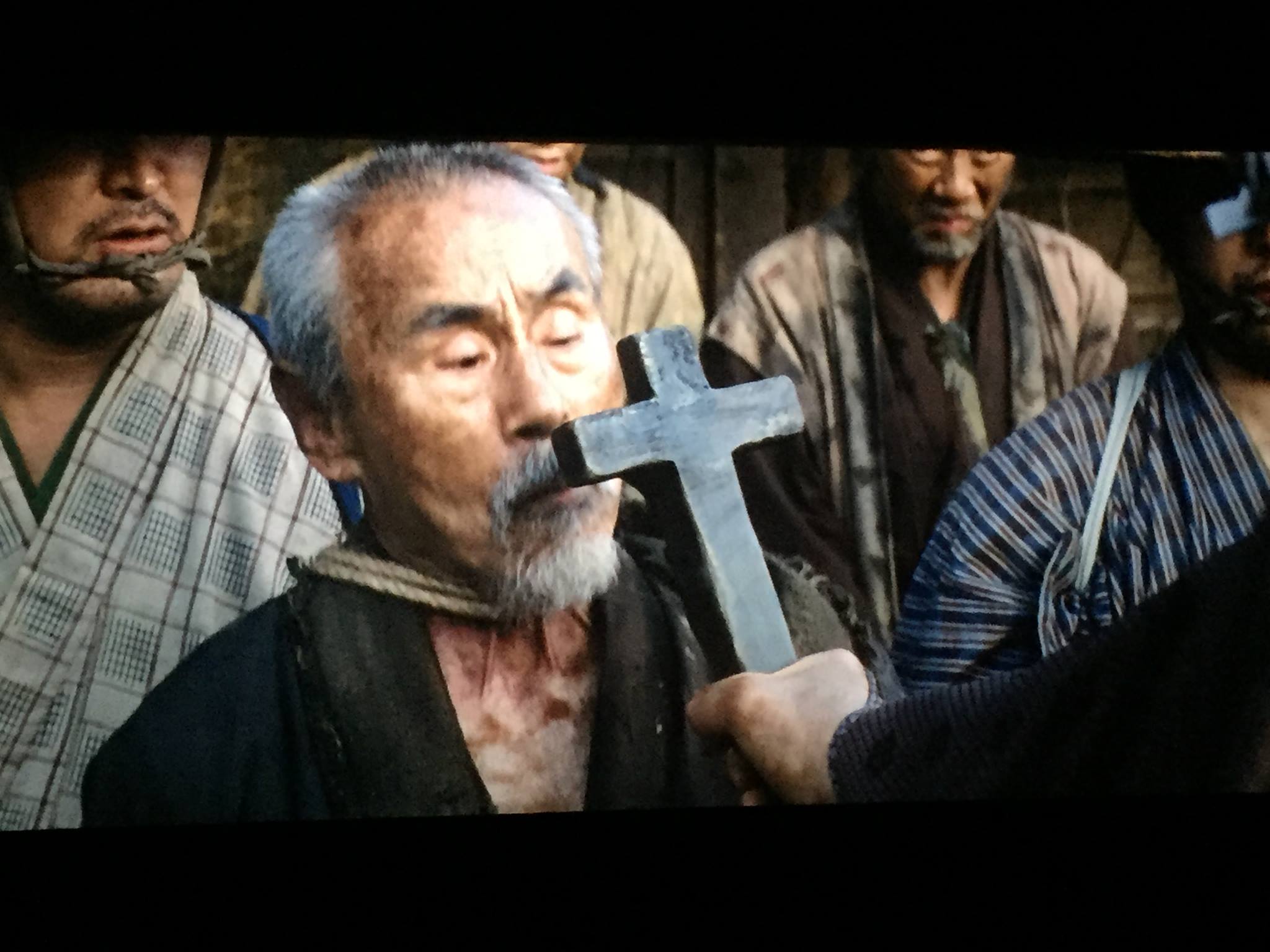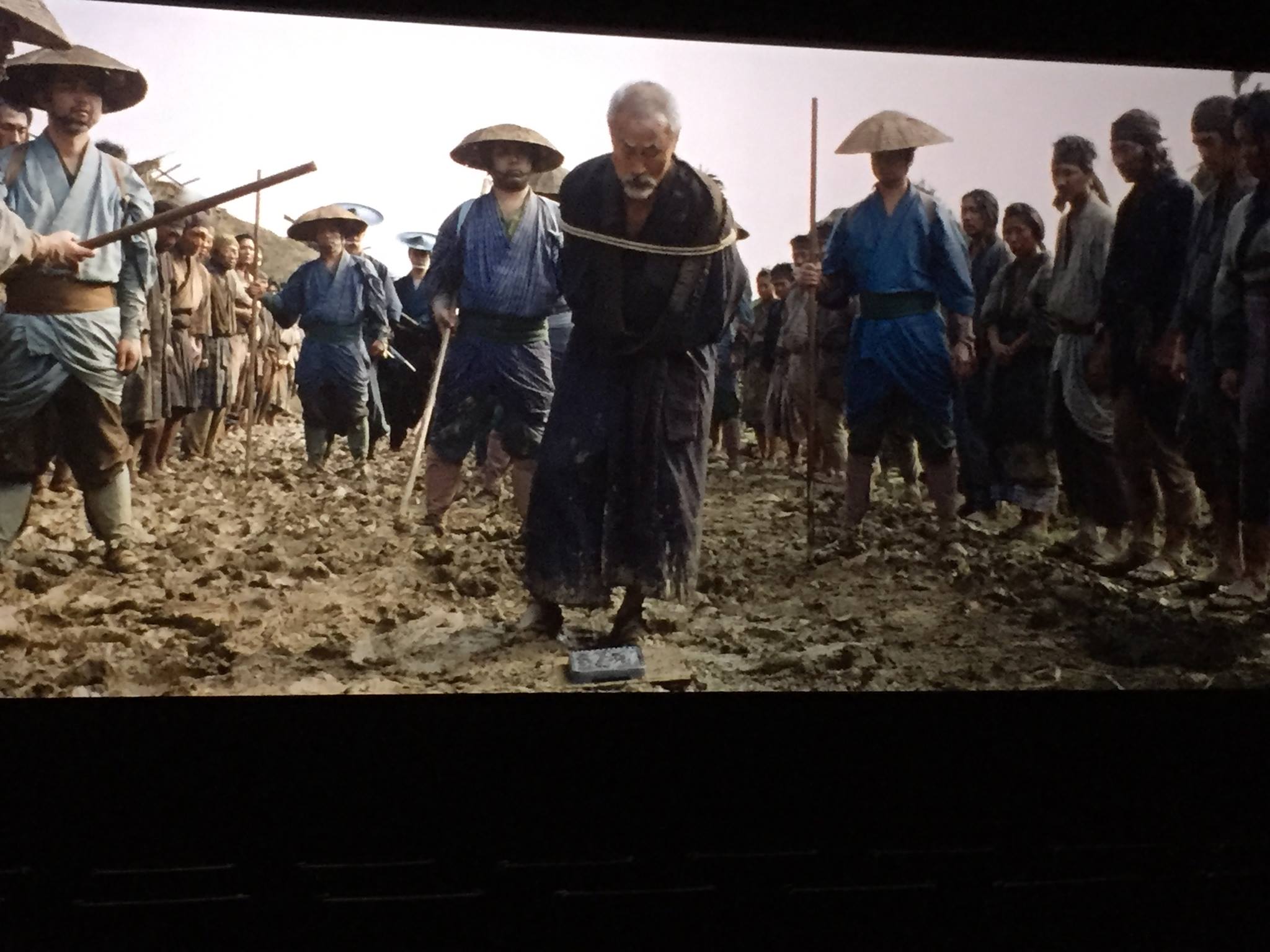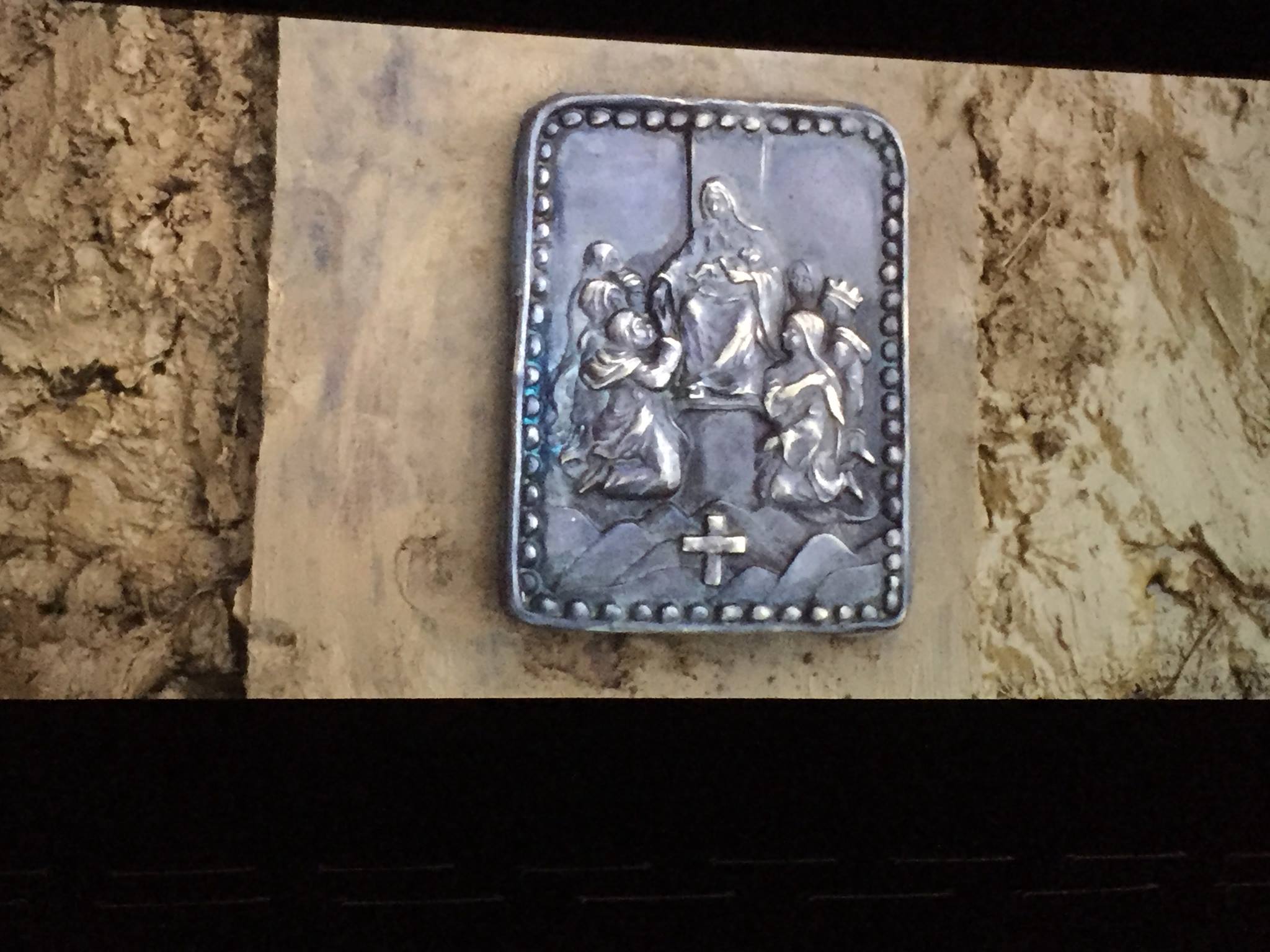- Jan 25, 2009
- 19,765
- 1,428
- Faith
- Oriental Orthodox
- Marital Status
- Private
- Politics
- US-Others
Definitely planning on visiting here in the future when I am able to go to Japan/visit with my friends working in ministry there (and potentially do more research on the Indigenous cultures there such as the Ainu - and part of the work I do involved study on Indigenous cultures, as shared in Japanese Ainu & Global Indigenous Groups: What Aborginal Religions are your favorite?). Fascinating to see the history of the Coptic Church in Japan and seeing what Coptic Orthodoxy looks like from a global perspective. Granted, the history of Orthodoxy in Japan is a long one and it's more so the Eastern Orthodox who were involved in Japan.
Their first history with Ancient Christianity began in the 16th century with the Jesuits like St. Francis of Xavier in the Momoyama period (and prior to that, there were the monks with the Assyrian Church of the East and the Jacobites who traveled there before the Catholics arrived) - and with Japan's history of exclusion AND suppression toward Christianity for centuries and the revelation of many Christian groups still practicing in secret (more shared here and here and here), it's a blessing to see things develop as far as they have. And with the way that Egypt has had a LONG history of dealing with persecution/isolation and yet remaining strong, it is amazing to see the way that Egypt's history of martyrs is such a parallel for what other believers have gone through.
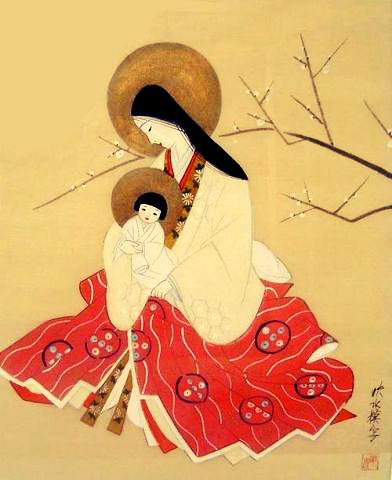
More recently, there was a new church consecrated in Kyoto, Japan on July 15th, 2016 - with others such as Bishop Daniel Bishop of the Coptic Orthodox Church Diocese of Sydney and Affiliated Region presiding over the ceremony and over 100 participants from Japan, Egypt, Ethiopia, and Eritrea present for the occasion.
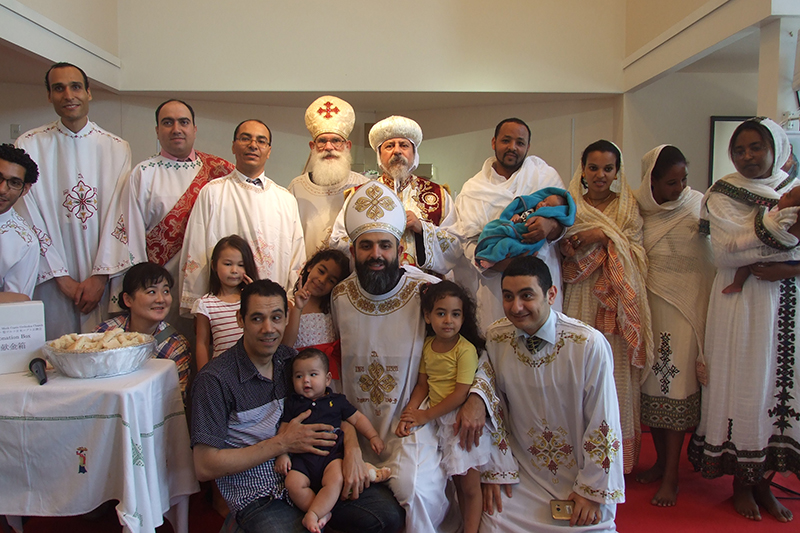
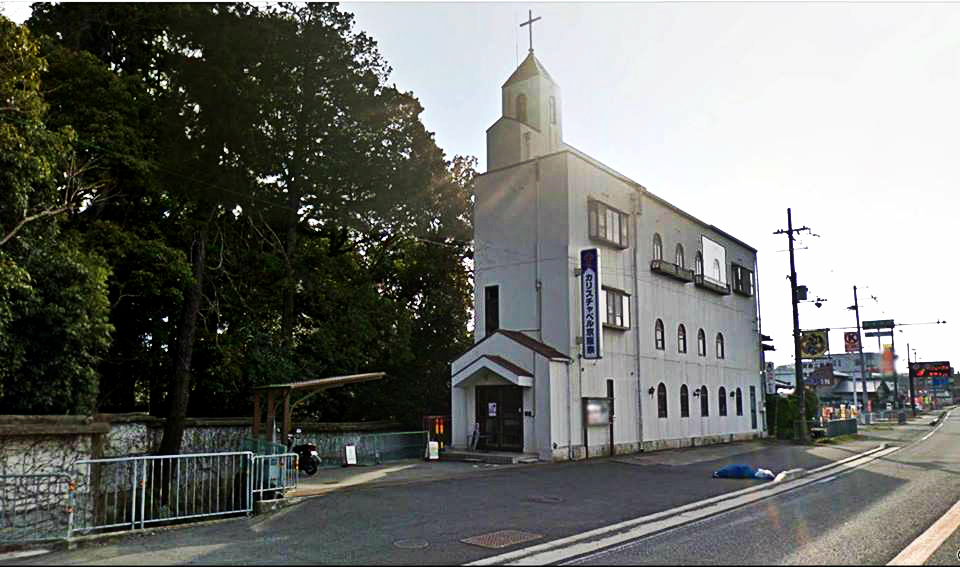
Some are surprised at how Egyptians and Ethiopians can be so involved in cultures around the world, but we're a global economy and diasporas take people to many places you'd never consider.
I'm thankful for Coptic Orthodox Churches now making a home there and bringing their perspective to the table
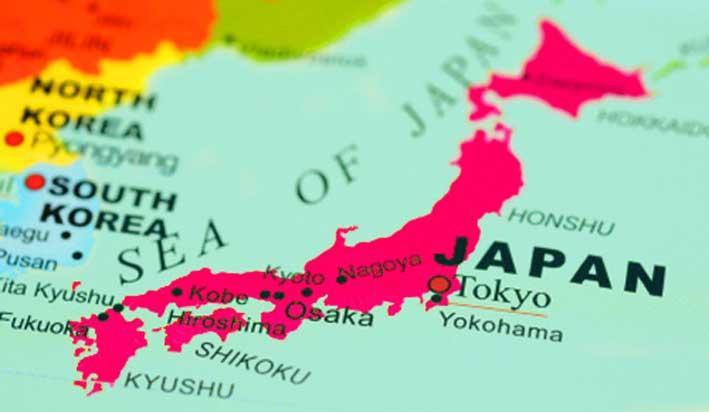

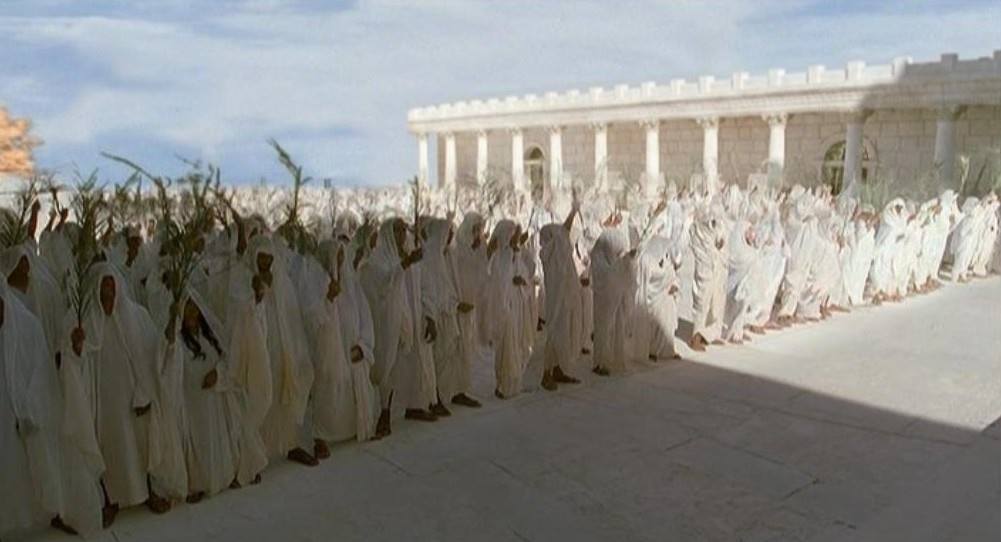
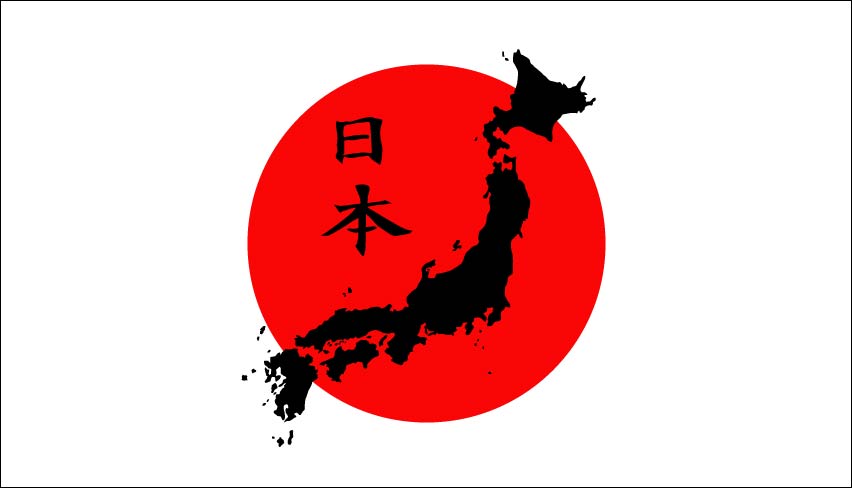
Their first history with Ancient Christianity began in the 16th century with the Jesuits like St. Francis of Xavier in the Momoyama period (and prior to that, there were the monks with the Assyrian Church of the East and the Jacobites who traveled there before the Catholics arrived) - and with Japan's history of exclusion AND suppression toward Christianity for centuries and the revelation of many Christian groups still practicing in secret (more shared here and here and here), it's a blessing to see things develop as far as they have. And with the way that Egypt has had a LONG history of dealing with persecution/isolation and yet remaining strong, it is amazing to see the way that Egypt's history of martyrs is such a parallel for what other believers have gone through.

More recently, there was a new church consecrated in Kyoto, Japan on July 15th, 2016 - with others such as Bishop Daniel Bishop of the Coptic Orthodox Church Diocese of Sydney and Affiliated Region presiding over the ceremony and over 100 participants from Japan, Egypt, Ethiopia, and Eritrea present for the occasion.


The Coptic Orthodox Church in Japan
The diocese of Sydney and affiliated regions of the Coptic Orthodox church of Alexandria, had first established the Coptic Orthodox church in Japan and became active in Japan since 2004. The first official Coptic holy liturgy in was conducted in May, 2004 in Kobe, Japan. Since, then, Coptic Orthodox holy liturgies were conducted in different parts of Japan such as Osaka, Tokyo, Kagoshima, Tottori, and Okayama. The first church building of the Coptic Orthodox church in Japan was established on 18th July 2016 in Kizugawa city, in Kyoto prefecture, one hour south of Kyoto city. It was was officially named by H.G. Bishop Daniel, St. Mary & St. Mark Coptic Orthodox church. Around 100 people attended the opening ceremony of St. Mark & St. Mary Coptic Orthodox church including, Japanese people, Egyptians, Ethiopians, Eritrean and Australian-Egyptians. Presently, there are around 20 Coptic family church members in St. Mary & St. Mark Coptic Orthodox church, but visitors are more than welcome to attend the church services and activities.
The Coptic Orthodox church in Japan is an official member of JCCC (Japan Confederation of Chrisitan Churches) and is planning to provide community services such as Christmas activities and events, and also language classes such as English class, Coptic class, Arabic class, Japanese class and even French class for the Japanese society.
The diocese of Sydney and affiliated regions of the Coptic Orthodox church of Alexandria, had first established the Coptic Orthodox church in Japan and became active in Japan since 2004. The first official Coptic holy liturgy in was conducted in May, 2004 in Kobe, Japan. Since, then, Coptic Orthodox holy liturgies were conducted in different parts of Japan such as Osaka, Tokyo, Kagoshima, Tottori, and Okayama. The first church building of the Coptic Orthodox church in Japan was established on 18th July 2016 in Kizugawa city, in Kyoto prefecture, one hour south of Kyoto city. It was was officially named by H.G. Bishop Daniel, St. Mary & St. Mark Coptic Orthodox church. Around 100 people attended the opening ceremony of St. Mark & St. Mary Coptic Orthodox church including, Japanese people, Egyptians, Ethiopians, Eritrean and Australian-Egyptians. Presently, there are around 20 Coptic family church members in St. Mary & St. Mark Coptic Orthodox church, but visitors are more than welcome to attend the church services and activities.
The Coptic Orthodox church in Japan is an official member of JCCC (Japan Confederation of Chrisitan Churches) and is planning to provide community services such as Christmas activities and events, and also language classes such as English class, Coptic class, Arabic class, Japanese class and even French class for the Japanese society.
- St. Mary & St. Mark Coptic Orthodox Church ( http://www.japancopticchurch.org/ )
Some are surprised at how Egyptians and Ethiopians can be so involved in cultures around the world, but we're a global economy and diasporas take people to many places you'd never consider.
I'm thankful for Coptic Orthodox Churches now making a home there and bringing their perspective to the table



Last edited:





